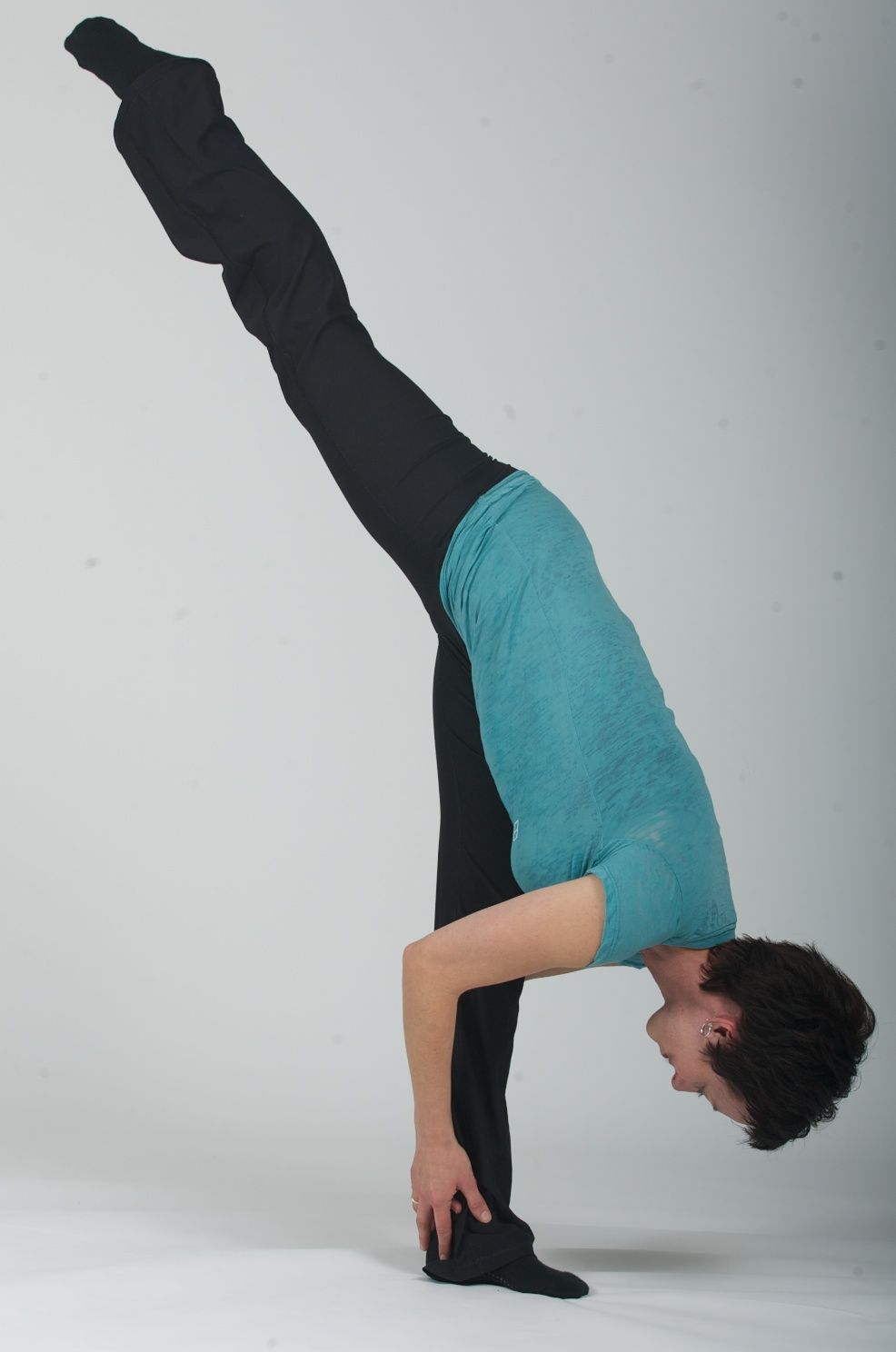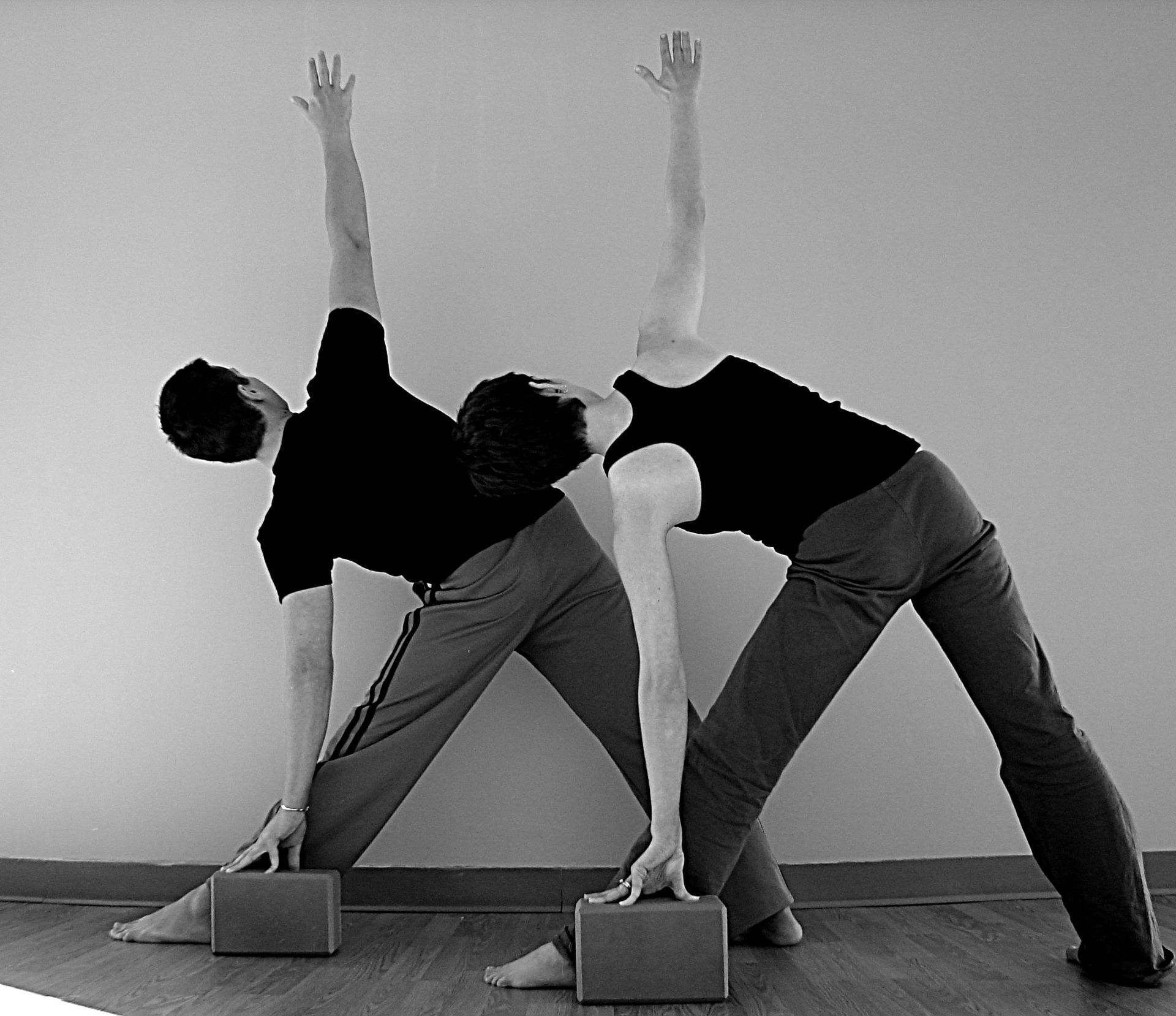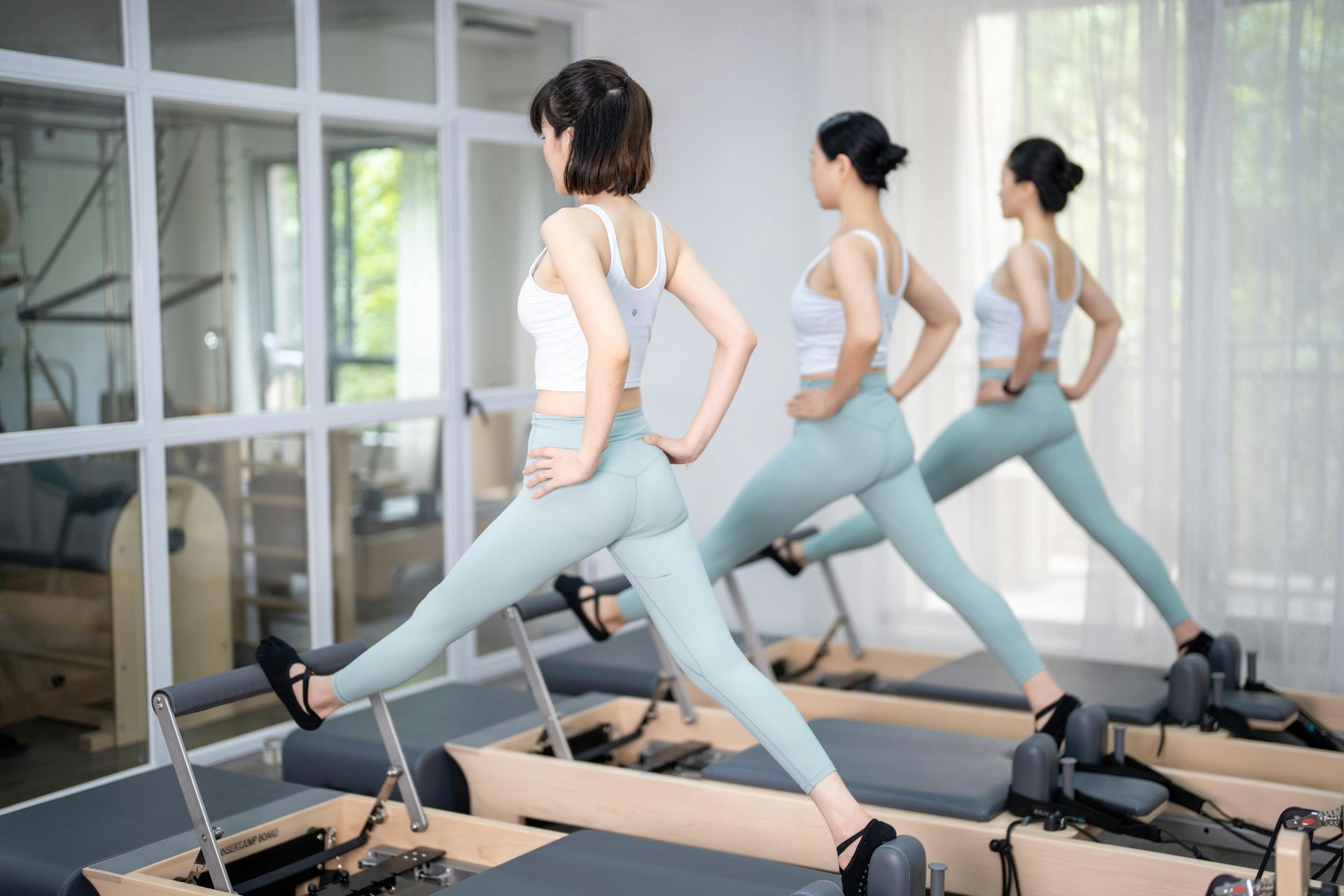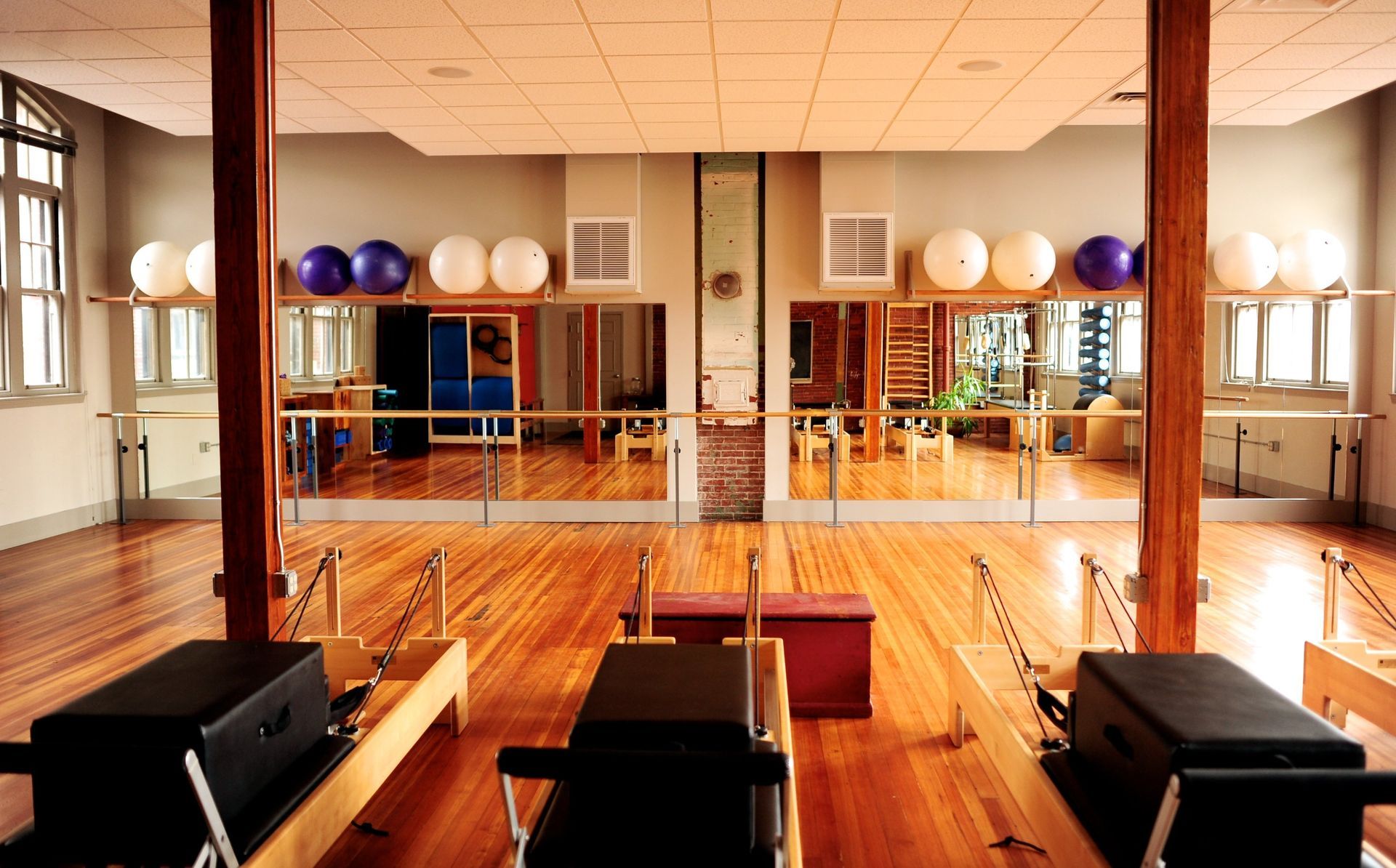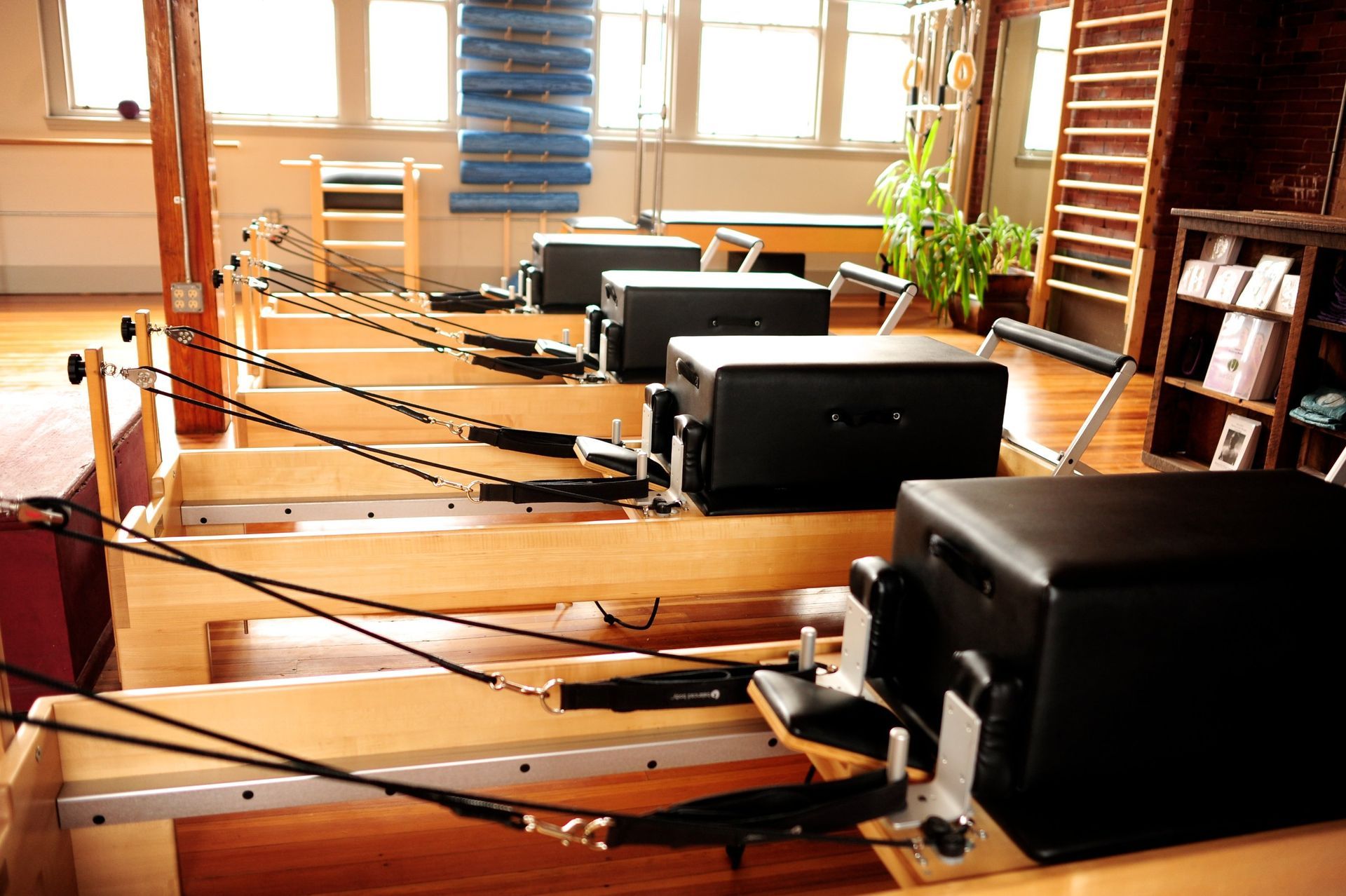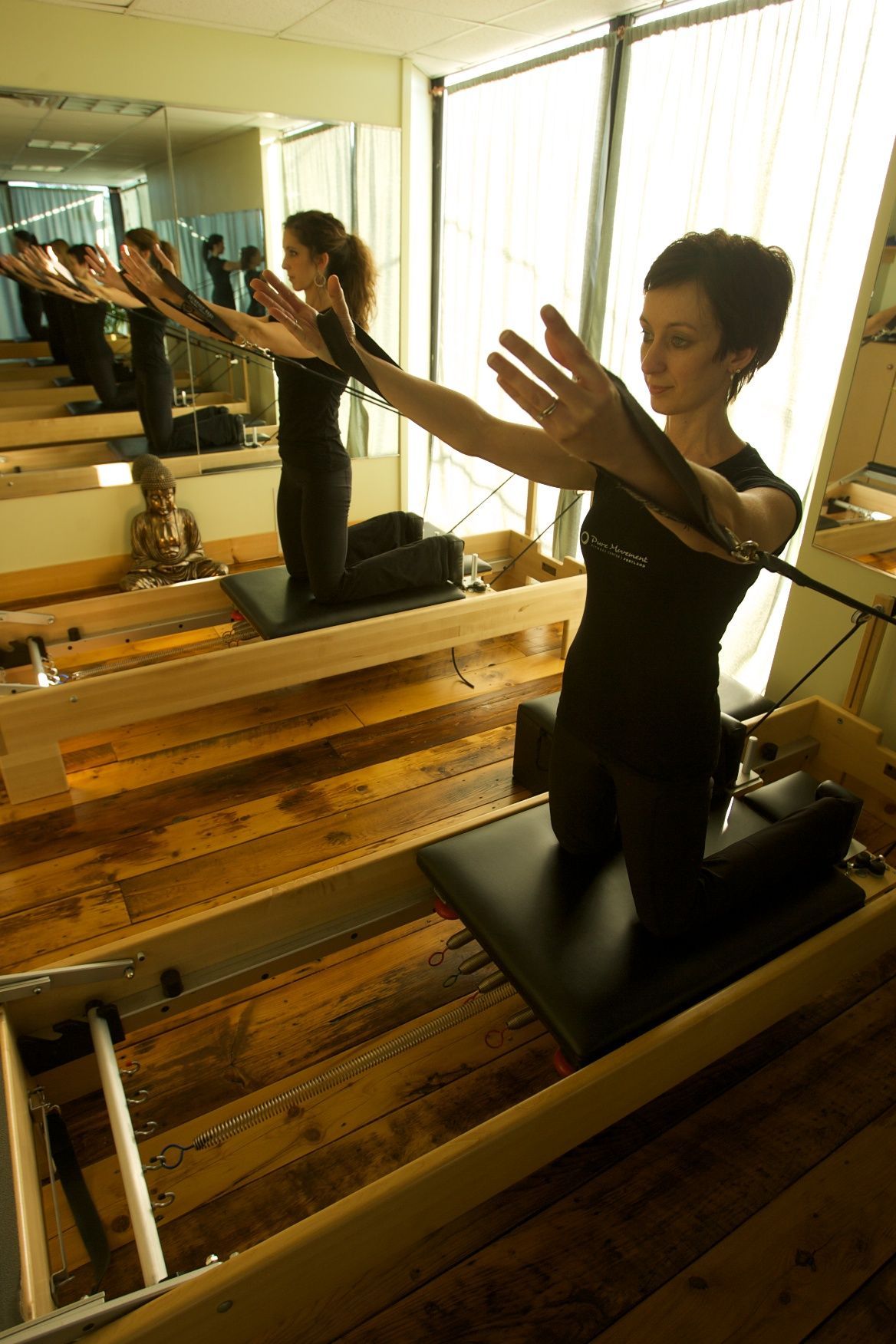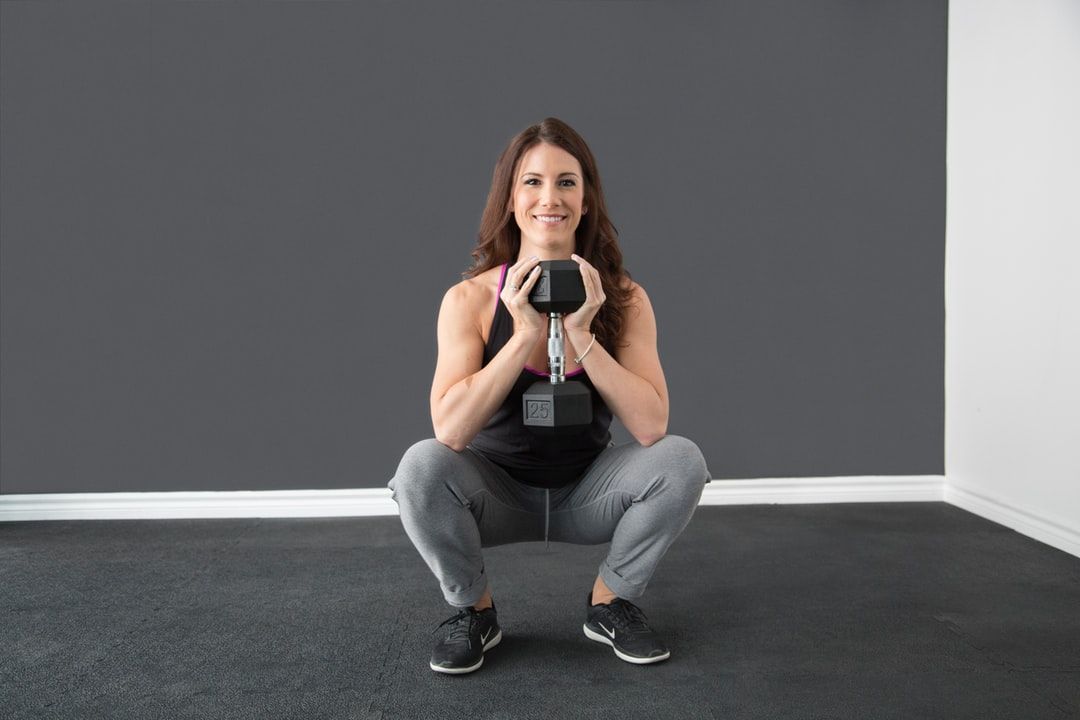Why small movements in barre lead to big results
At first glance, Barre classes can seem deceptively simple.
Tiny movements. Small ranges. Little pulses.
But make no mistake:
the work happening beneath the surface is anything but small.
Over time, those seemingly modest movements — performed with precision, consistency, and focus — build a body that is not only stronger and more capable but also a mind and spirit that are more resilient, clear, and empowered.
In my years of teaching Barre, I’ve seen transformations that go far beyond toned arms or a perkier seat (though yes, those are great perks!). I've watched people change their lives, all because of the strength they built inch by inch, pulse by pulse, in class.
Let's talk about why these small movements matter so much — and why the biggest changes they create aren’t always physical.
Small Movements, Deep Strength
In Barre, we work within small, controlled ranges of motion. That’s intentional.
By isolating specific muscles and keeping movements minimal — think half-inch lifts, tiny pulses, held contractions — we
recruit and fatigue muscle fibers more efficiently. Instead of relying on momentum or bigger muscle groups to "cheat" a movement, you must dig deep.
Small movements eliminate shortcuts.
They demand focus.
They force muscles to fire fully.
This meticulous, controlled method creates incredible muscular endurance, stability, and strength — the kind you can feel long after you leave the studio.
Consistency Builds More Than Muscles
When clients show up regularly for Barre classes, something subtle — but profound — starts happening.
Yes, their posture improves.
Yes, they notice stronger cores, steadier balance, and more flexible joints.
Yes, their pants start fitting differently.
But something else shifts, too: their belief in themselves grows.
When you commit to the discipline of small, focused effort over time — when you witness your body becoming capable of things you never thought possible — it naturally spills over into how you see the rest of your life.
I've seen it firsthand:
- The client who walked into her first class burdened by chronic back pain now picks up her grandchildren with ease — and renewed energy for life.
- The exhausted professional who found, through building physical strength, the inner strength to leave a soul-sucking job and pursue her passion full-time.
- The person who once shrank from physical challenge now stands taller, both literally and metaphorically, and finds the courage to leave a toxic relationship.
Strength built on the mat, at the barre, in those relentless little pulses, becomes the foundation for strength everywhere else.
The Ripple Effect of Feeling Better
It’s easy to focus on the surface-level goals:
- Fit into old jeans.
- See more muscle tone.
- Move with more grace.
Those are valid goals, and Barre certainly delivers on them.
But the true magic happens internally.
Clients who once felt stuck, overwhelmed, or physically limited begin to feel
more alive, more capable, more in control of their lives.
When your body feels strong, flexible, and mobile, your mind follows. You start to think:
- Maybe I CAN tackle that project I’ve been afraid of.
- Maybe I DESERVE better in my relationships.
- Maybe I am STRONG enough to change my story.
And maybe... you realize you're capable of so much more than you thought — all because you started showing up for yourself, one small movement at a time.
It’s Not Just About Looking Better — It’s About Living Better
Of course, your body will change.
You'll likely stand taller, move more gracefully, feel more energized, and even breathe deeper.
You might fit into clothes differently.
You might have more endurance to chase your kids or grandkids around the yard without thinking twice.
But more importantly:
- You’ll feel better at 50, 60, even 70+ than you did in your 30s.
- You’ll trust your body to support you, not hold you back.
- You’ll start seeing challenges — physical and otherwise — as opportunities, not obstacles.
Barre reminds us that strength isn’t just about lifting heavy weights or hitting personal records.
It’s about showing up for yourself.
It’s about committing to small, consistent actions that, over time, build a life you’re proud to live.
The Power of the "Small but Mighty" Approach
It’s easy to dismiss small movements as "easy" or "too simple."
But anyone who has held a plié for a minute straight, pulsing an inch up and down, knows otherwise.
The reason Barre feels so intense — and the reason it’s so effective — is because
it forces you to pay attention to the details.
No shortcuts. No hiding behind momentum.
Just you, your body, and the small, intentional choices that stack up over time.
That’s exactly how real change happens — in Barre, and in life.
Not through massive overnight transformations, but through small steps, repeated consistently with care and commitment.
Small Movements, Big Life
The next time you’re in class, and your muscles are trembling from a tiny pulse or a deep hold, remember:
- Every shake is your body getting stronger.
- Every moment of discomfort is a doorway to growth.
- Every time you choose quality over quitting, you're building a deeper kind of resilience.
You are training yourself to stay present, stay committed, and trust that small efforts lead to big results — not just physically, but in every area of your life.
So yes, keep pulsing.
Keep holding.
Keep believing in the power of small movements.
Because when you do, you’re not just sculpting a stronger body —
you’re sculpting a stronger you.


